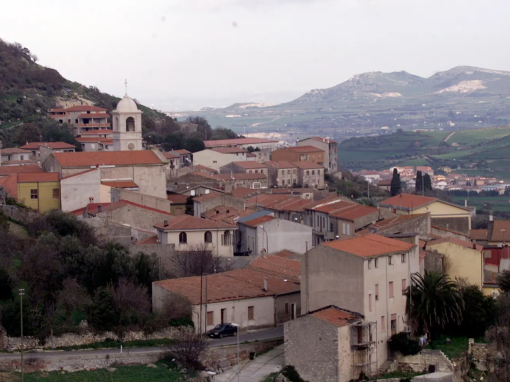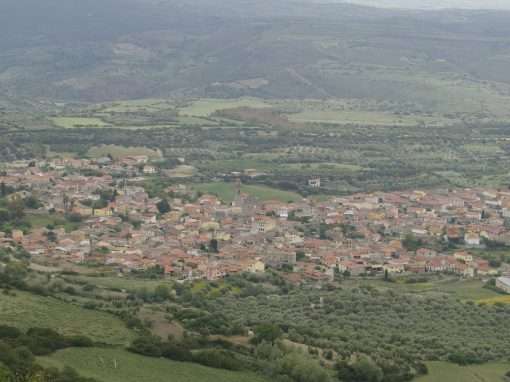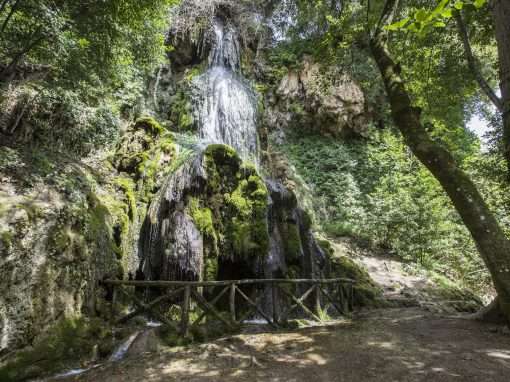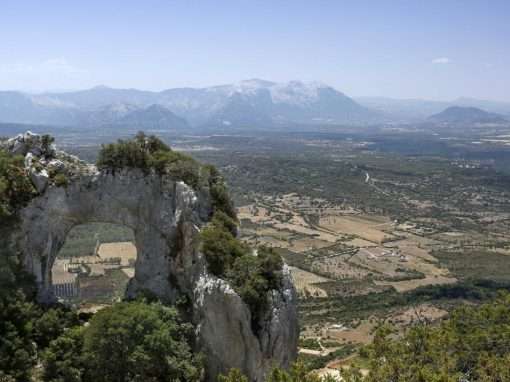An infinite variety of landscapes, from the wild Supramonte to the enchanting sea of Cala Gonone. The vast territory of Dorgali is a continuous discovery, where emotions are always new, like inside the Grotte del Bue Marino (Sea Oxen Grottoes) or in that of Ispinigoli, where you will find the highest stalagmitic column in Europe. The richness of Dorgali also lies in its cultural heritage, represented by ancestral traditions, artistic craftsmanship and the legacy of a distant past, narrated in the archaeological museum: domus de Janas Pirisché, dolmen Motorra, the village of Serra Orrios, Tomb of Giants S’Ena ‘e Thomes and Nuraghe Mannu, that watches over the ‘jewels’ of Cala Fuili and Cala Luna from above. There are numerous churches scattered throughout its countryside, from Su Babbu Mannu, once a destination on feast days, to Nostra Signora del Carmelo, on a hilltop, the final stage of a journey that passes through the house of the Blessed Sister Maria Gabriella Sagheddu. Nature and spirituality. There are also religious signs at Mount Bardia and the Cedrino lake: on the summit of the mountain there is a large cross that overlooks the Gulf of Orosei; in the silence of the shores of the lake, ideal for kayaking, stand the churches of San Pantaleo and Sos Anzelos.

BORUTTA
It stretches along a valley on the slopes of Mount Pelao, amid nuraghi and domus de Janas, with a cave next to it, the Grotta Ulari, inhabited by man since the Late Neolithic period, which gave its name to the town. In Borutta, there are thousand-year-old traces of its history and its long religious tradition, dating back to the 12th century, with the building of what was then the Cathedral ...







